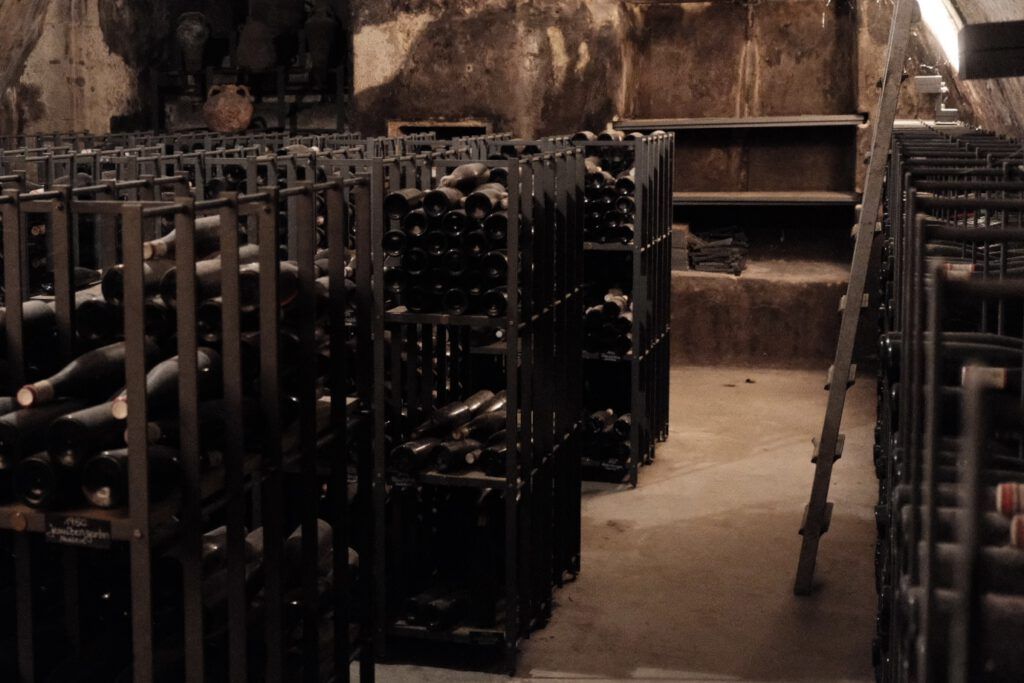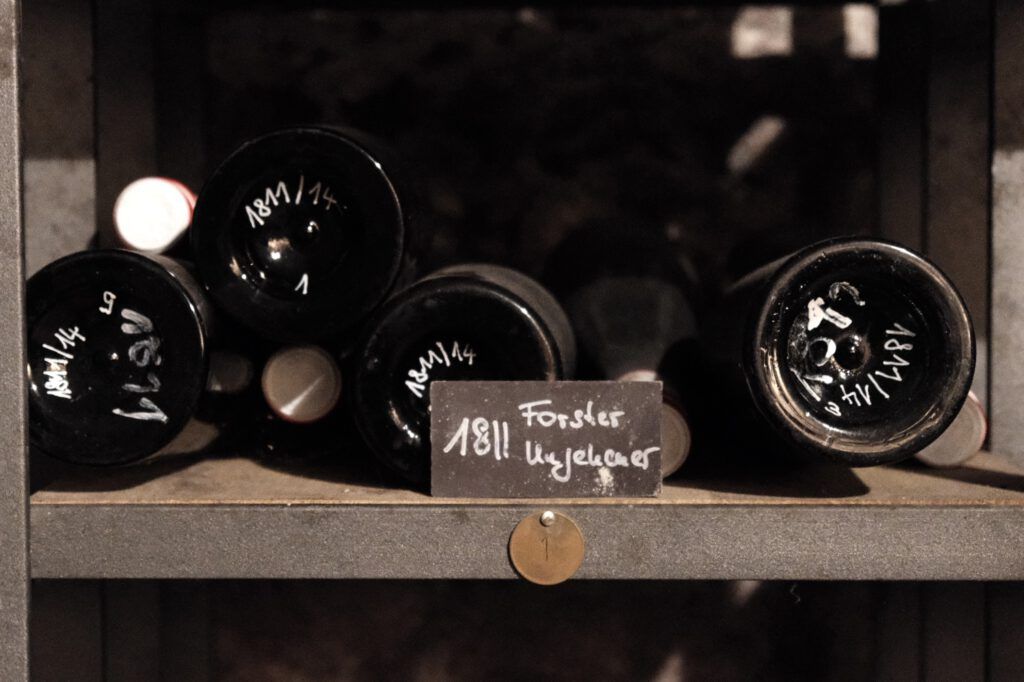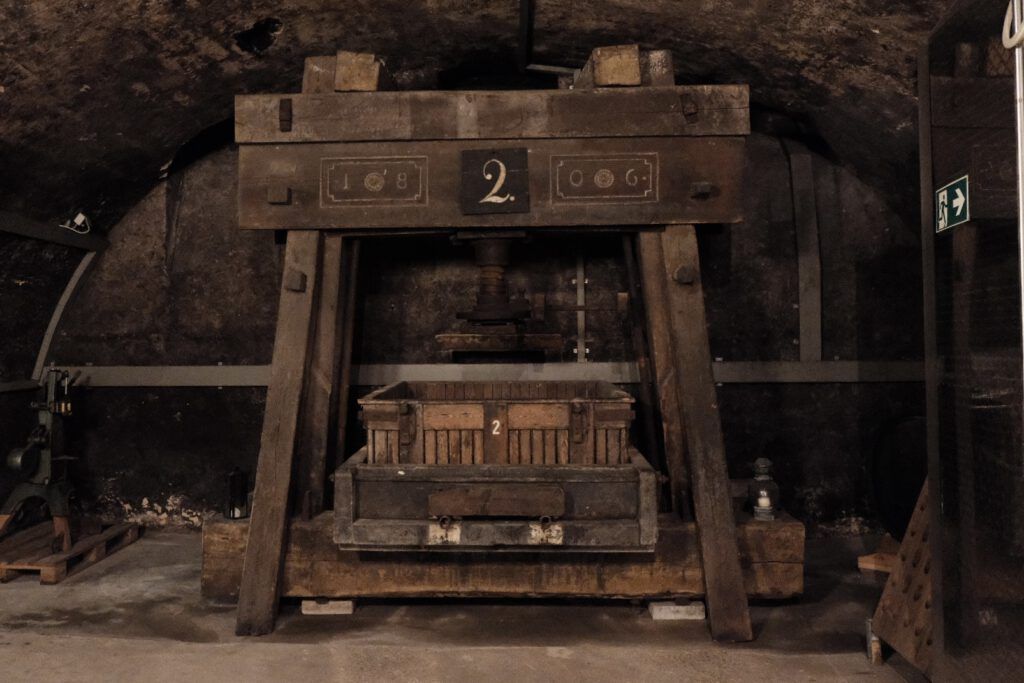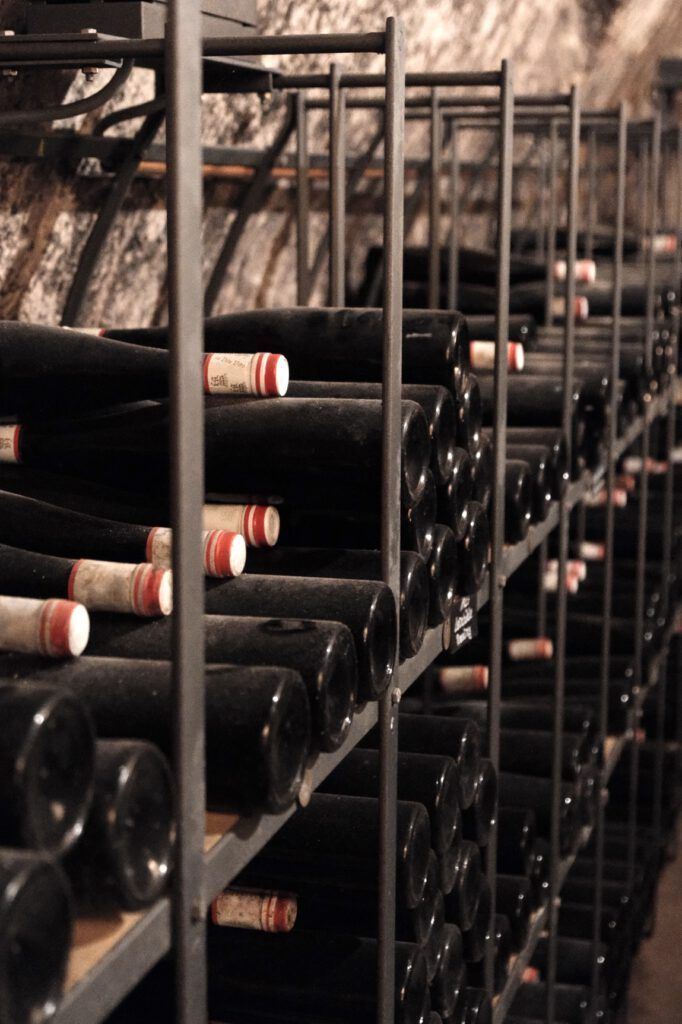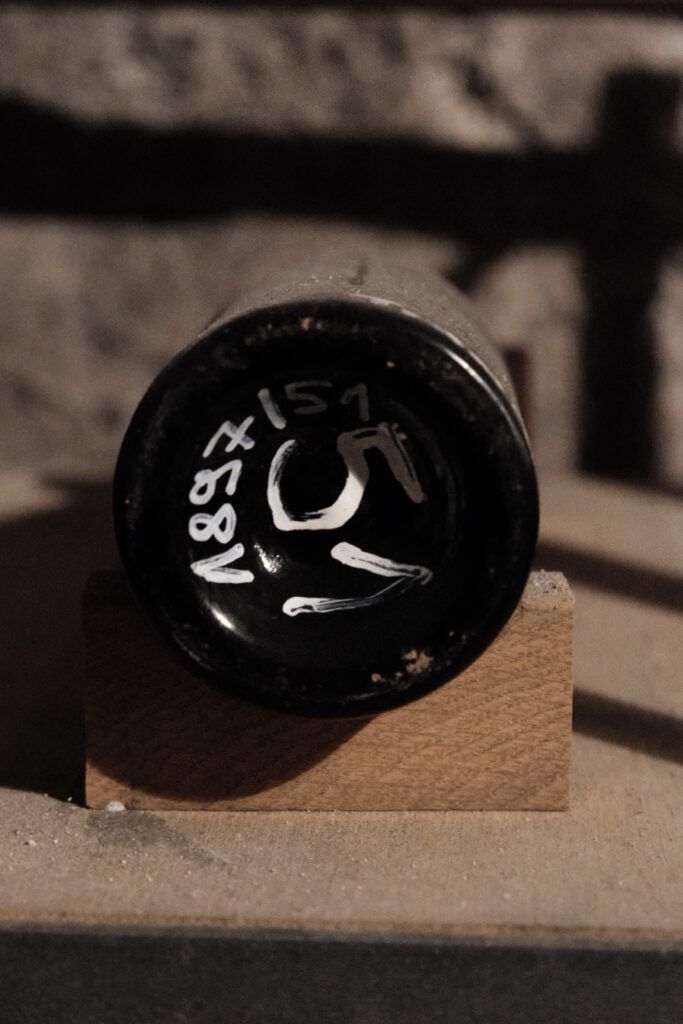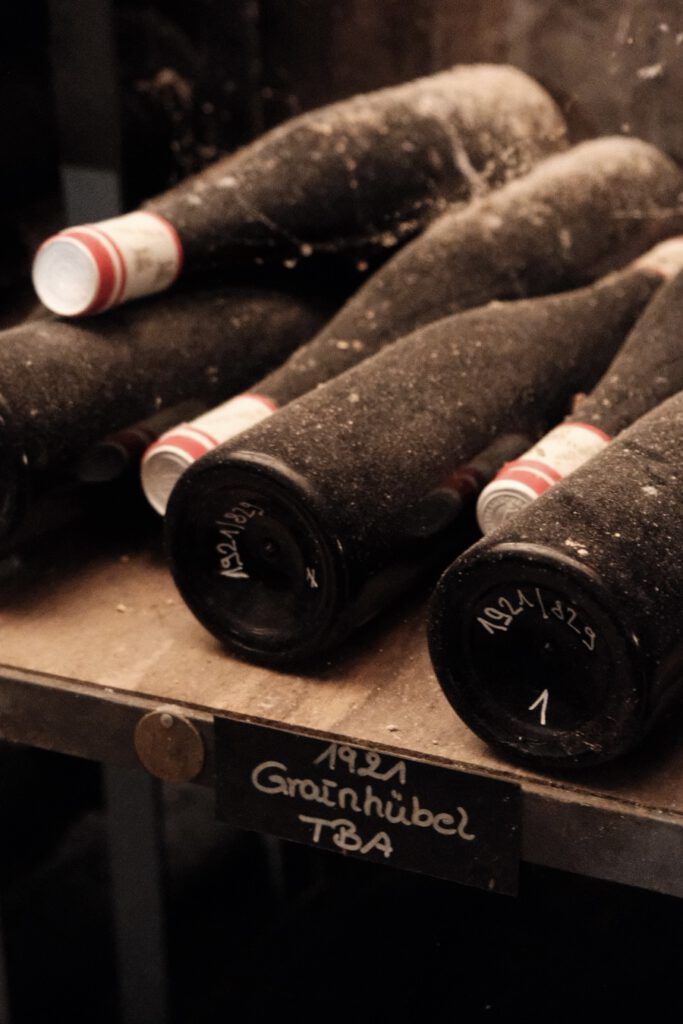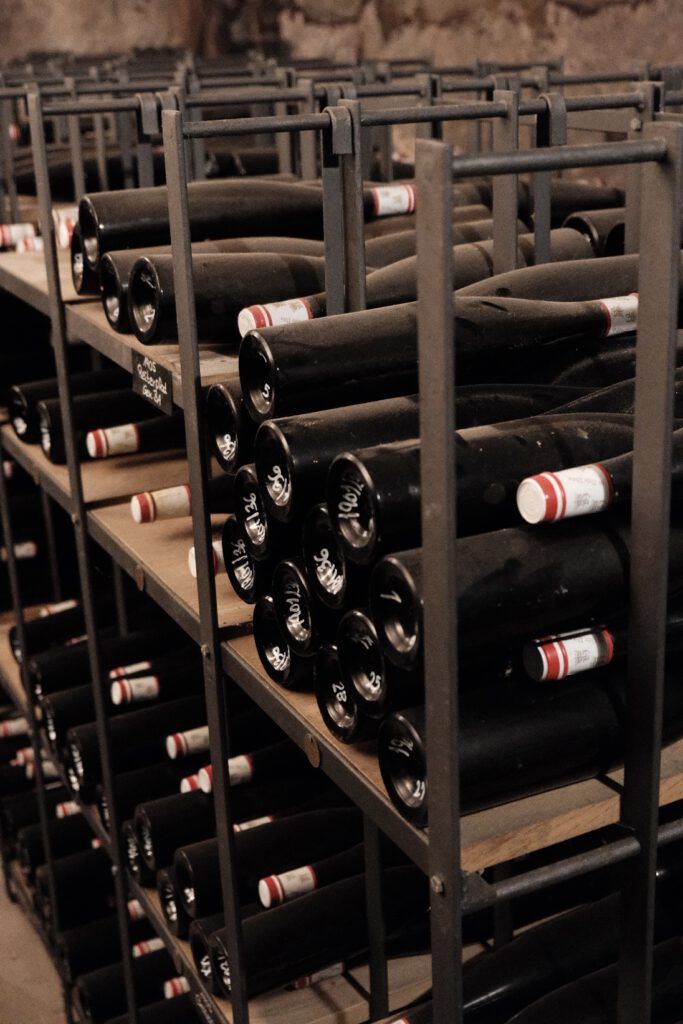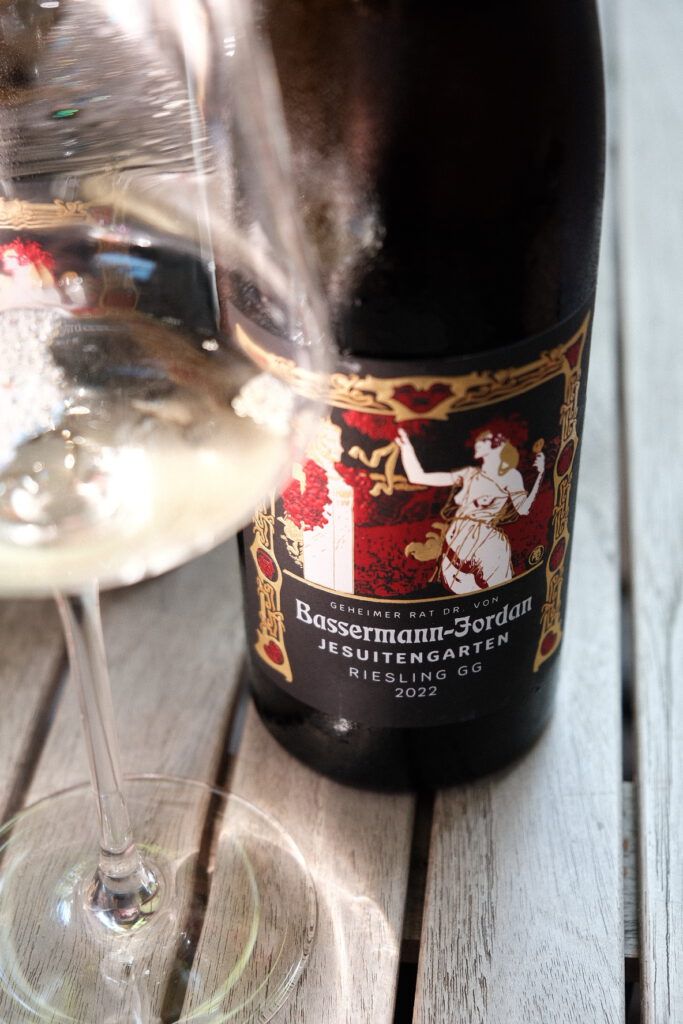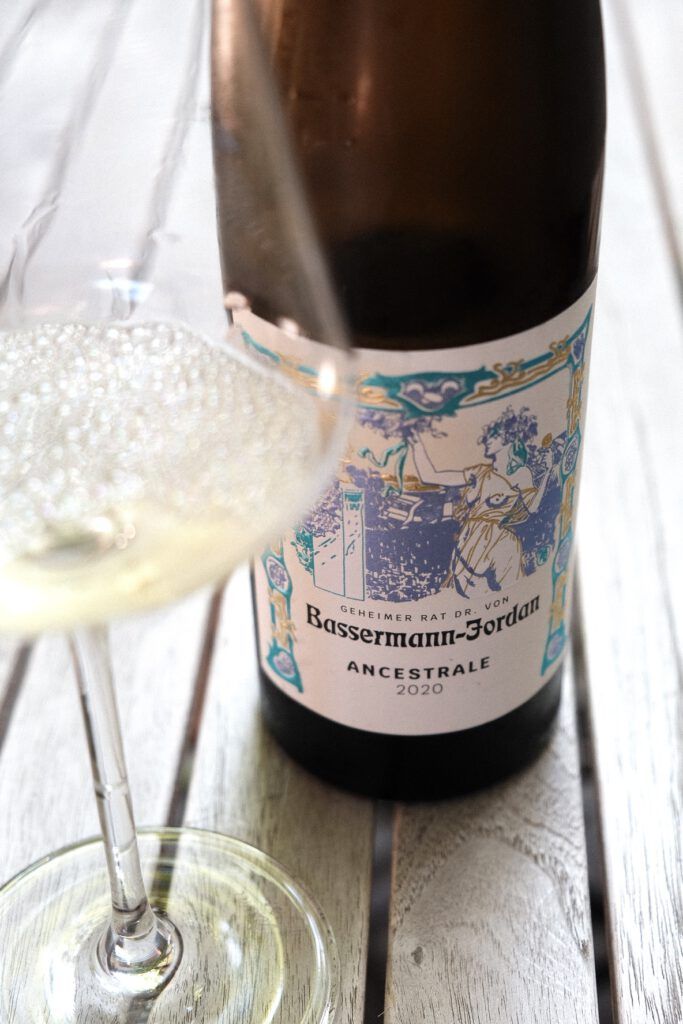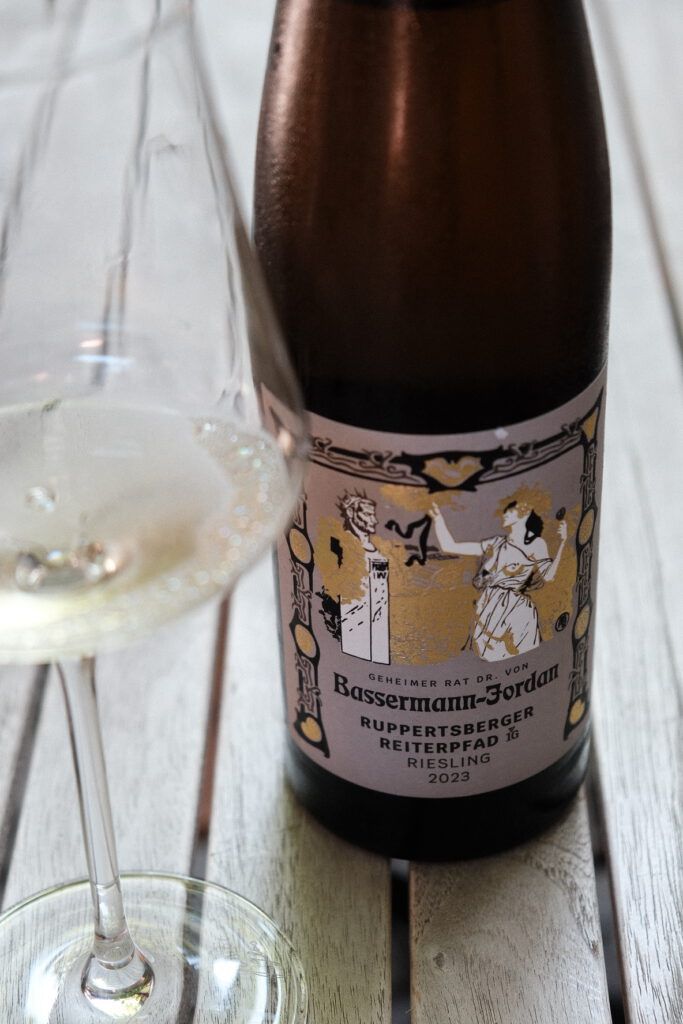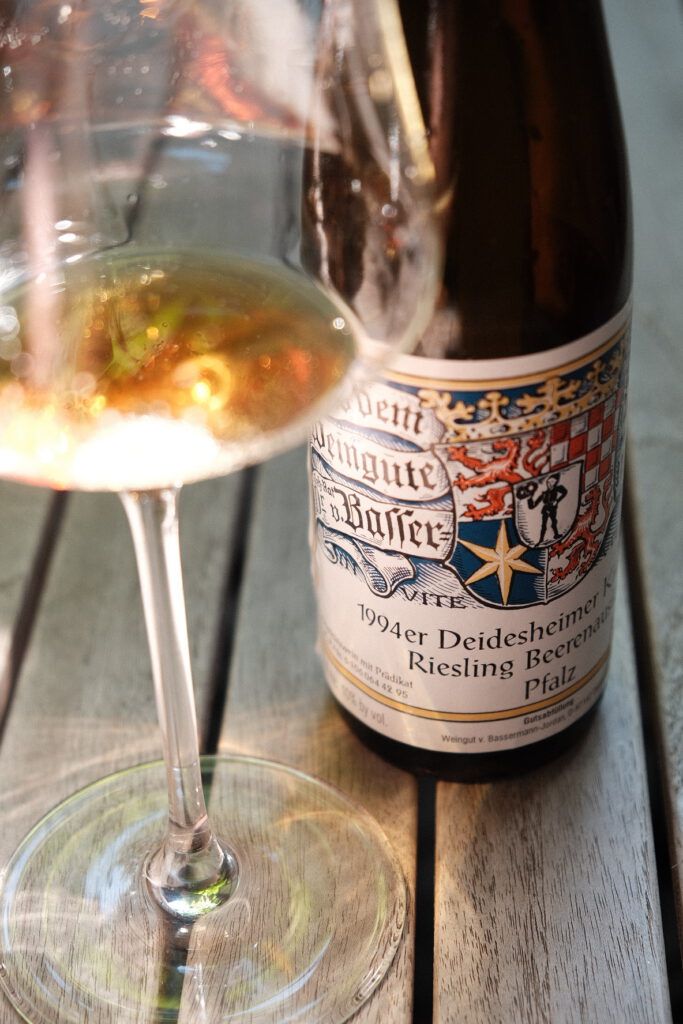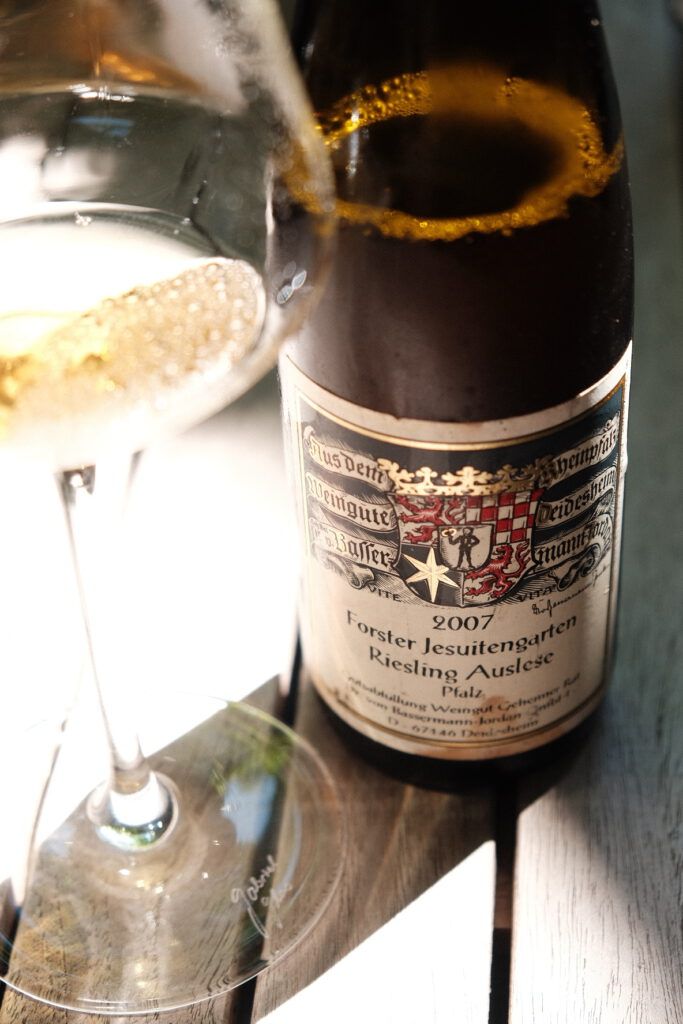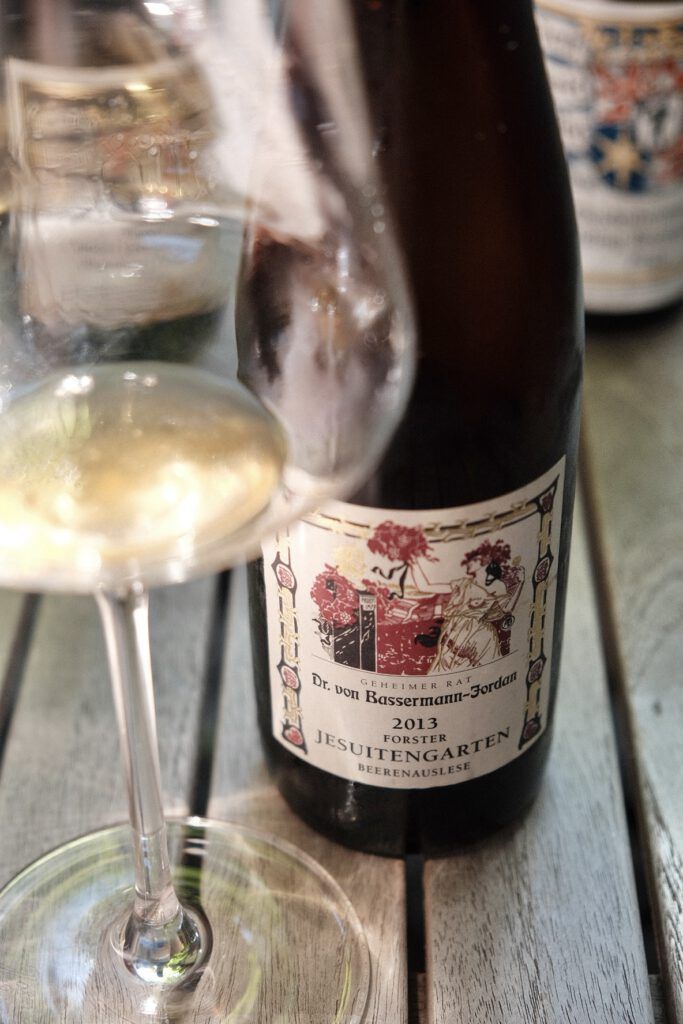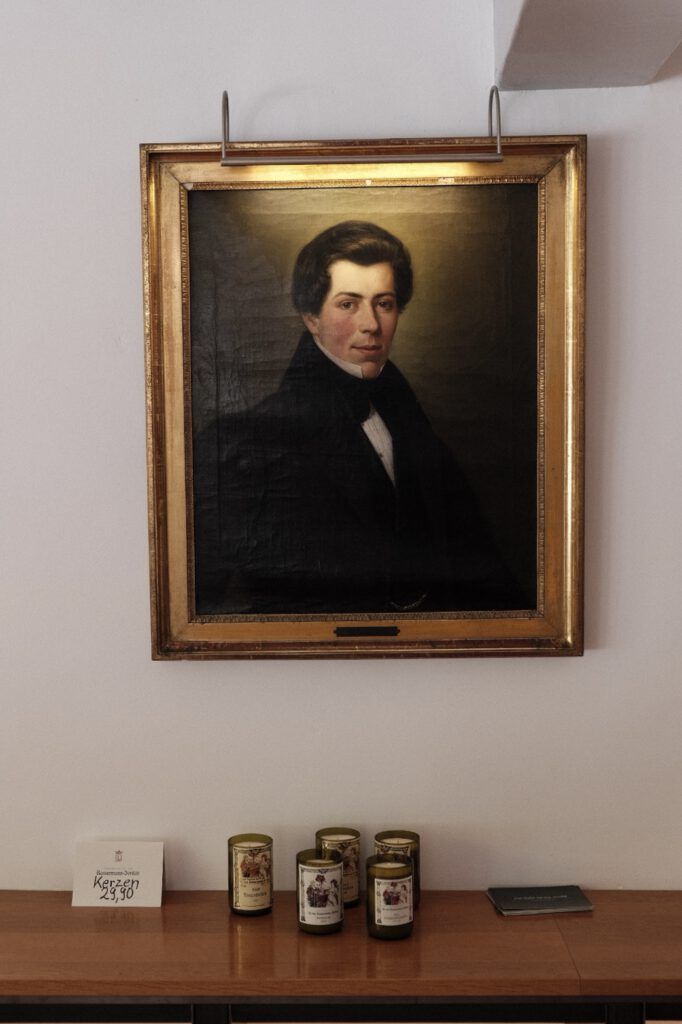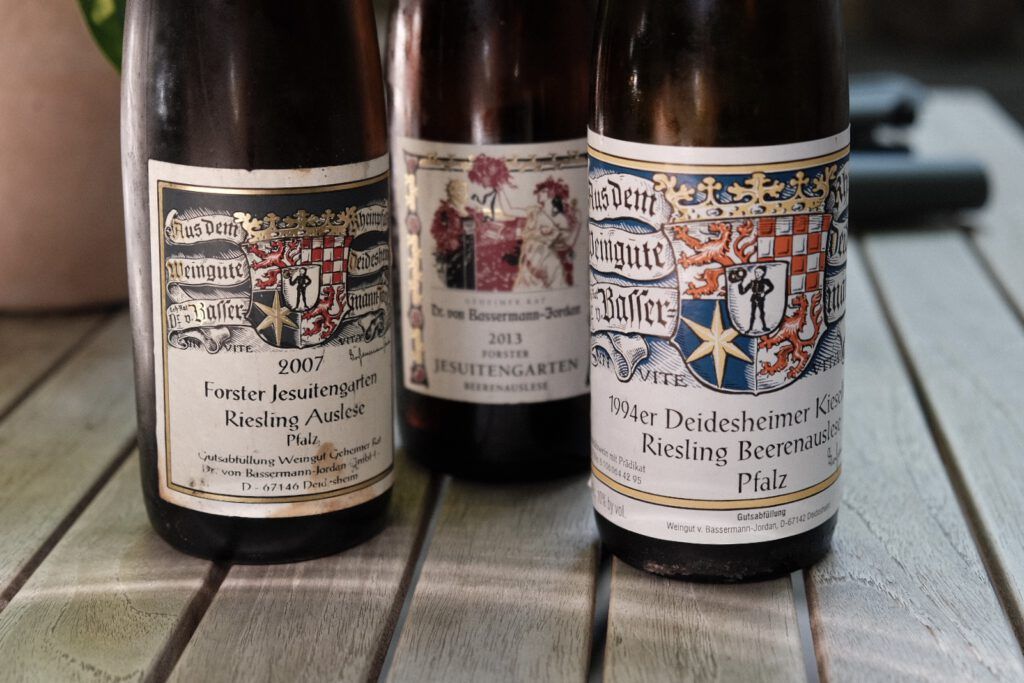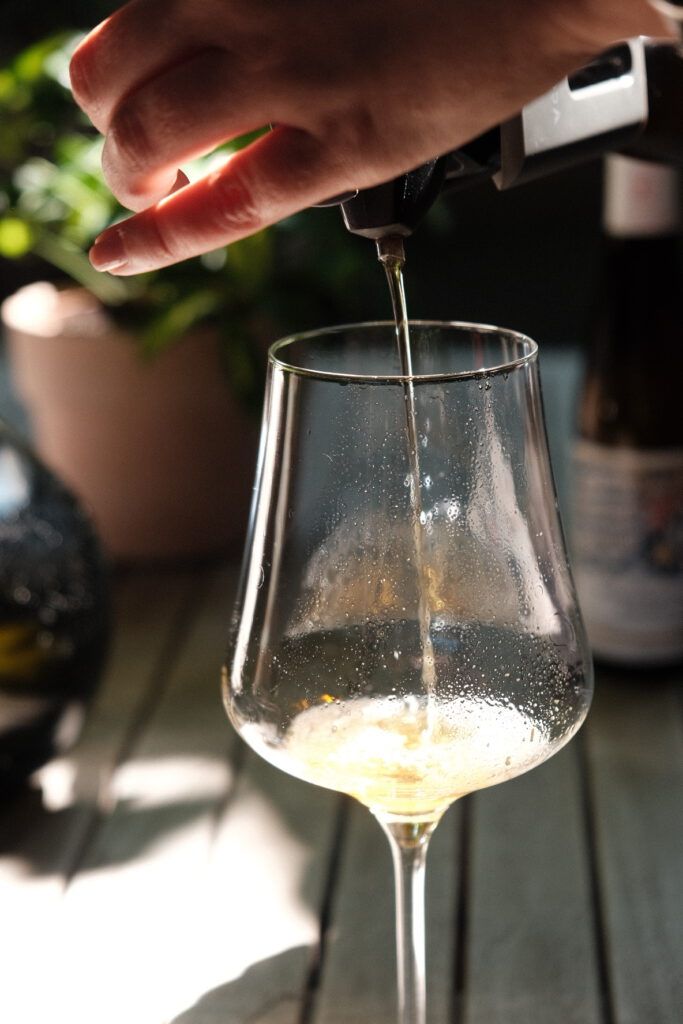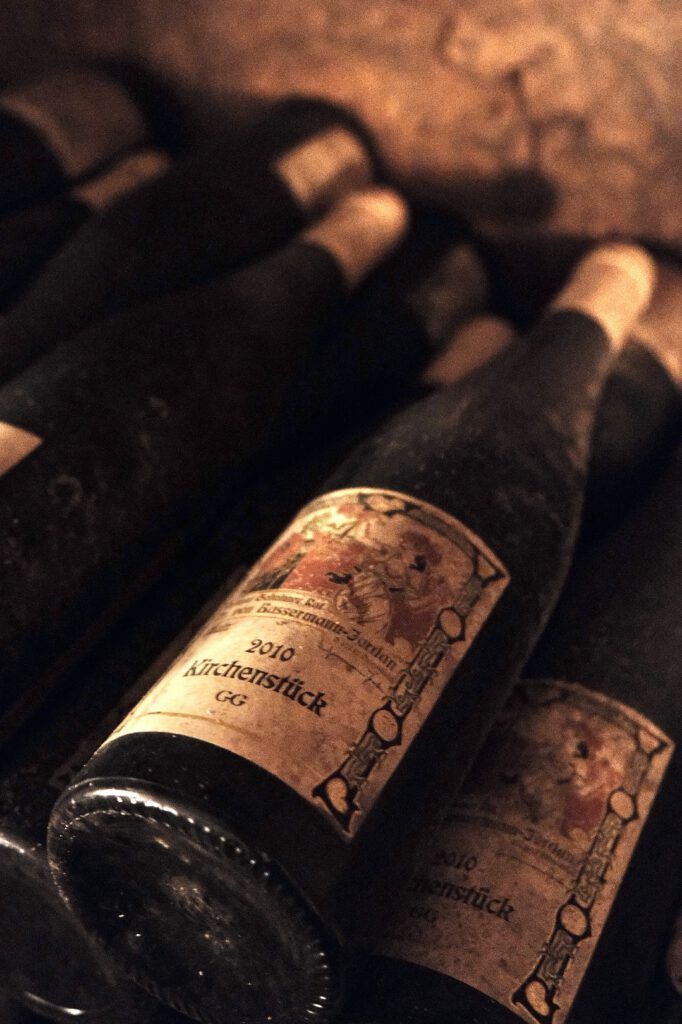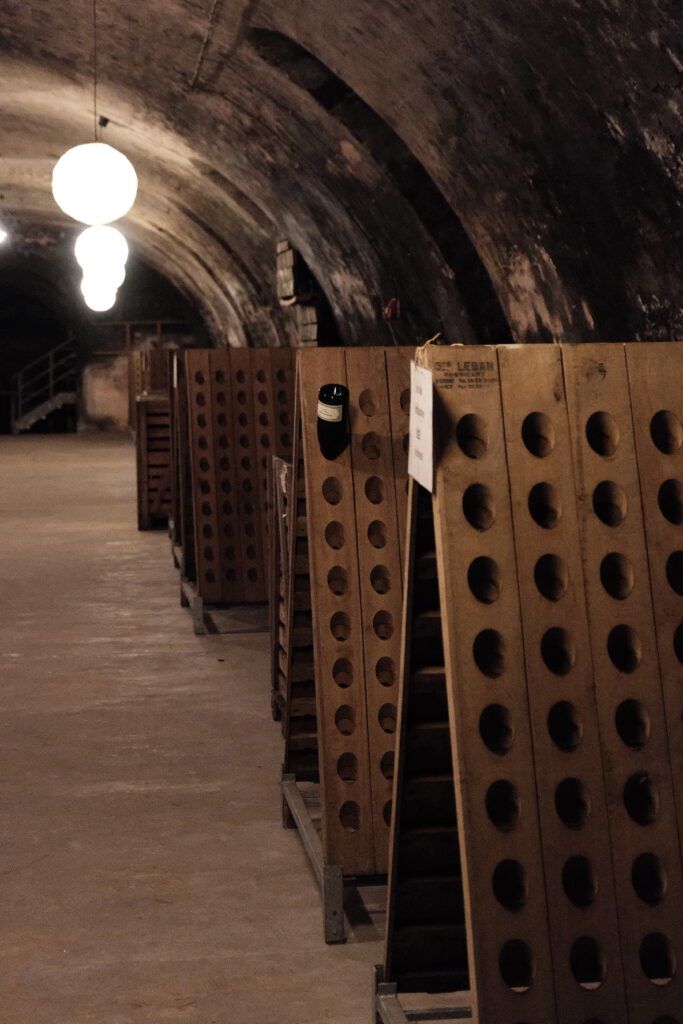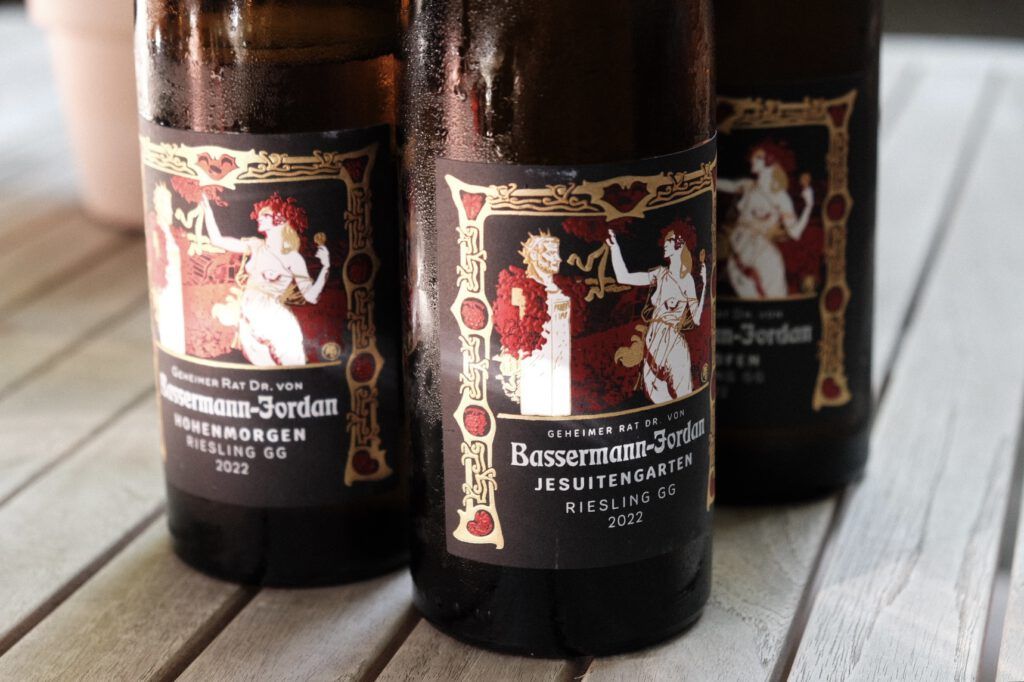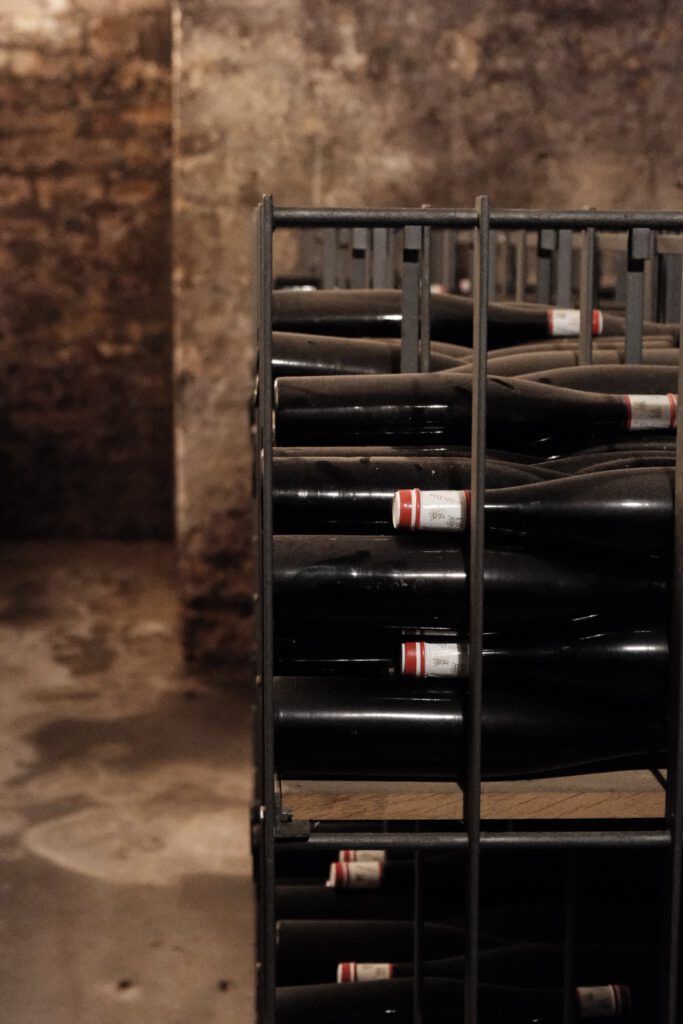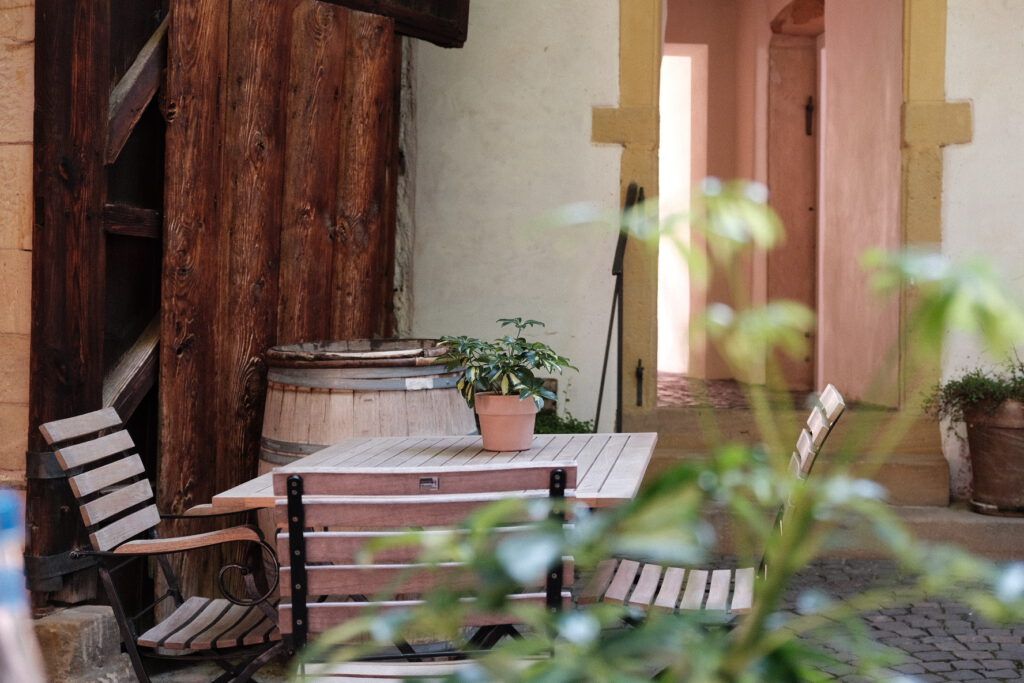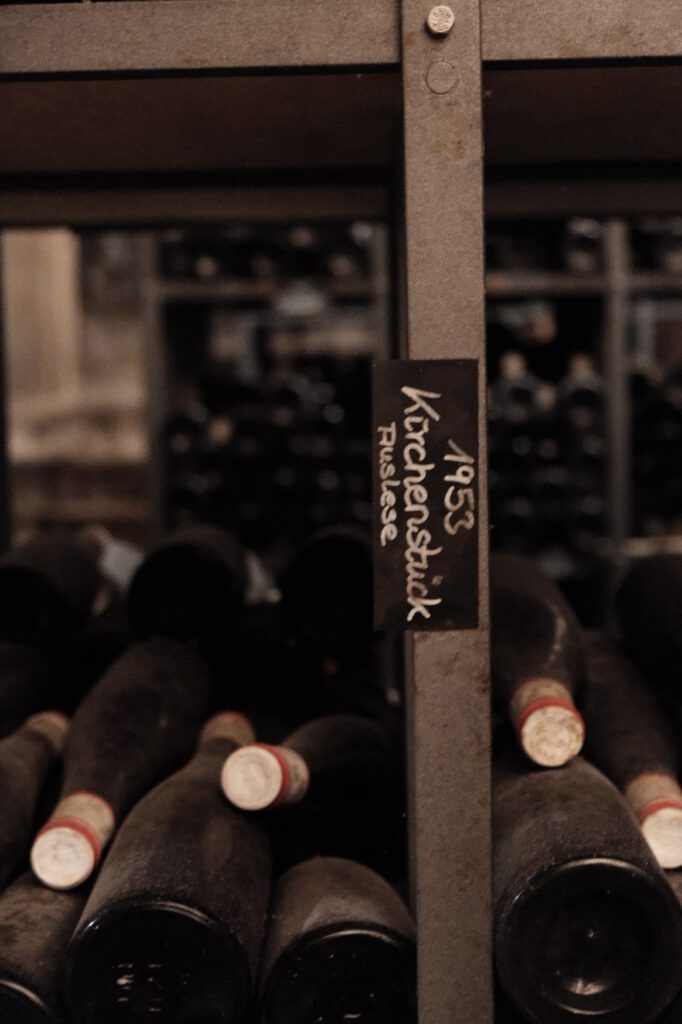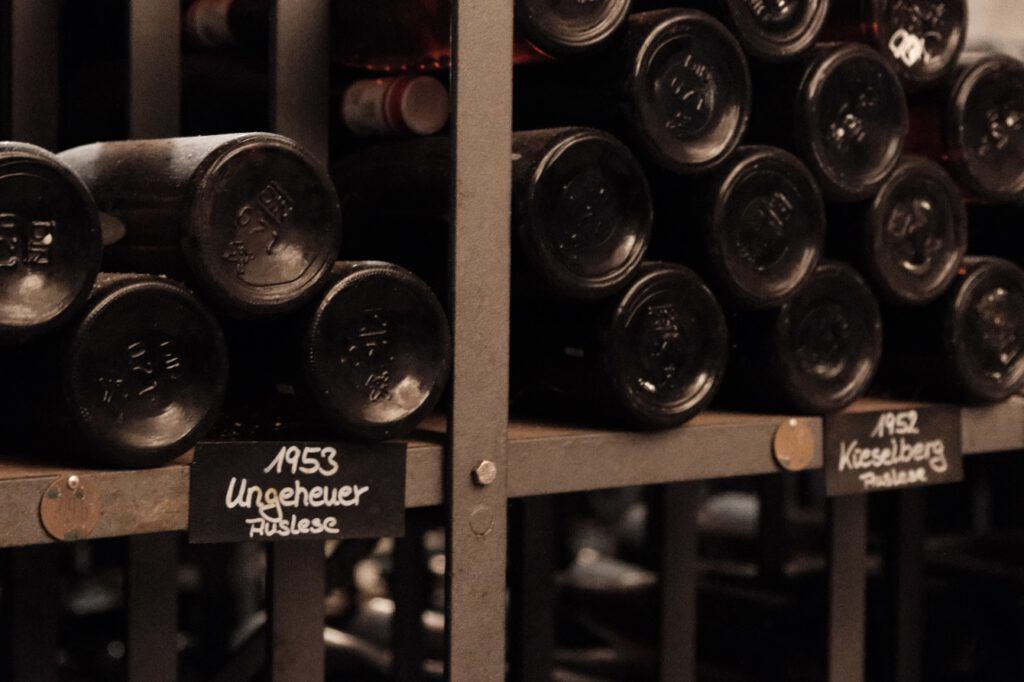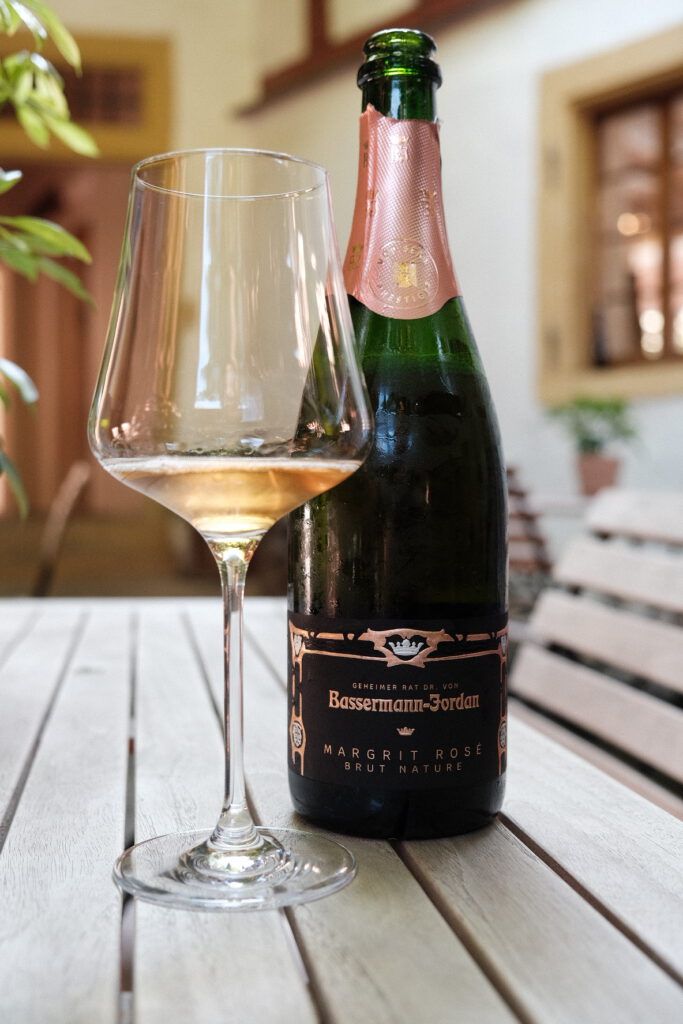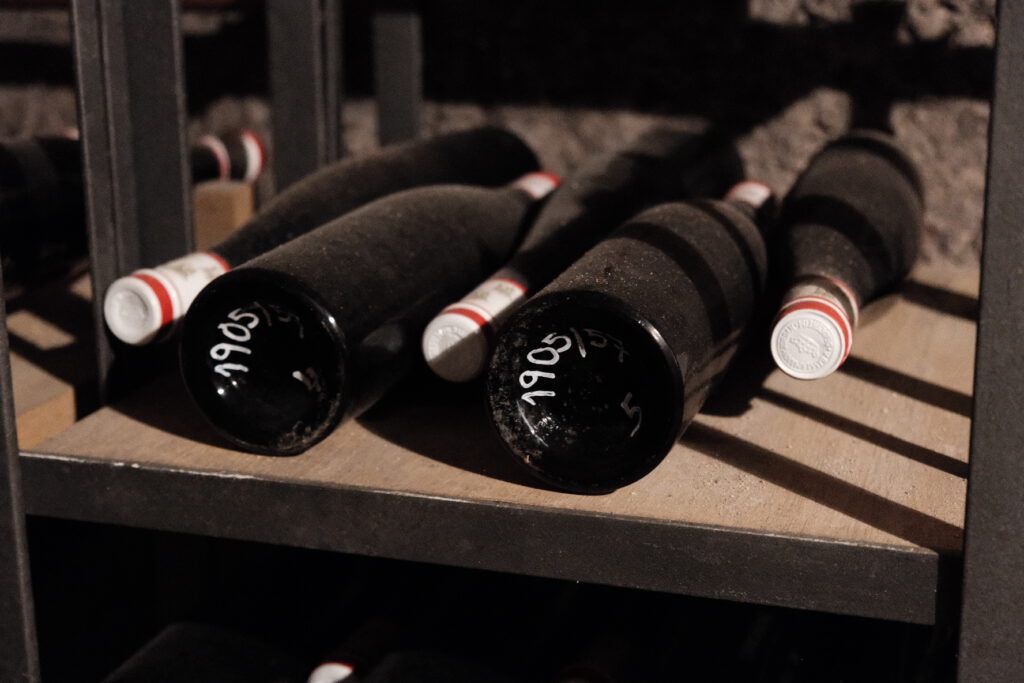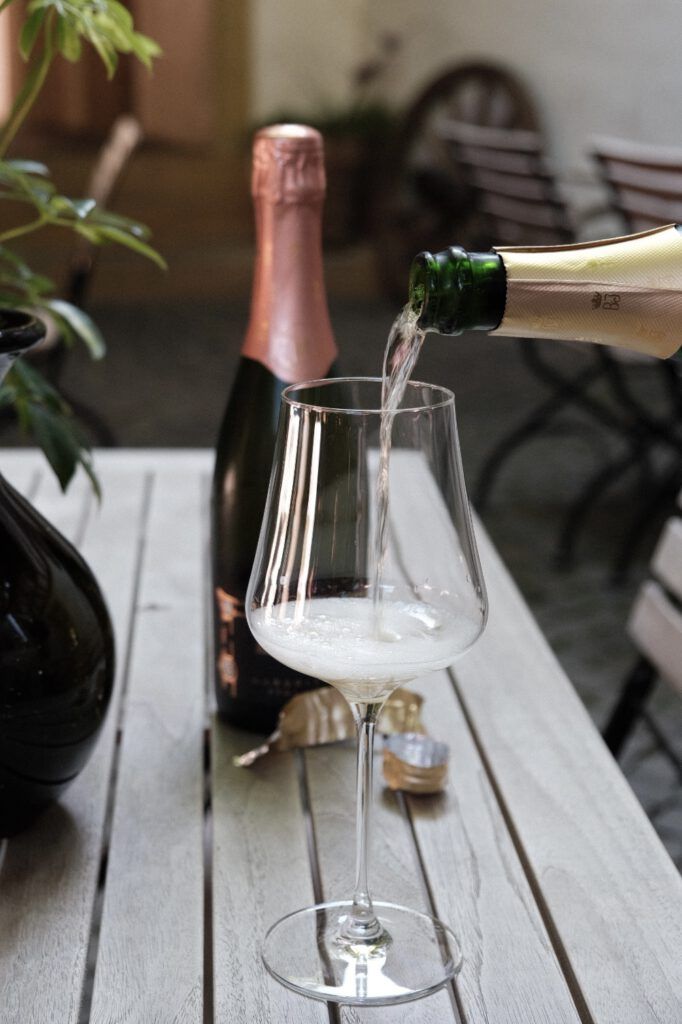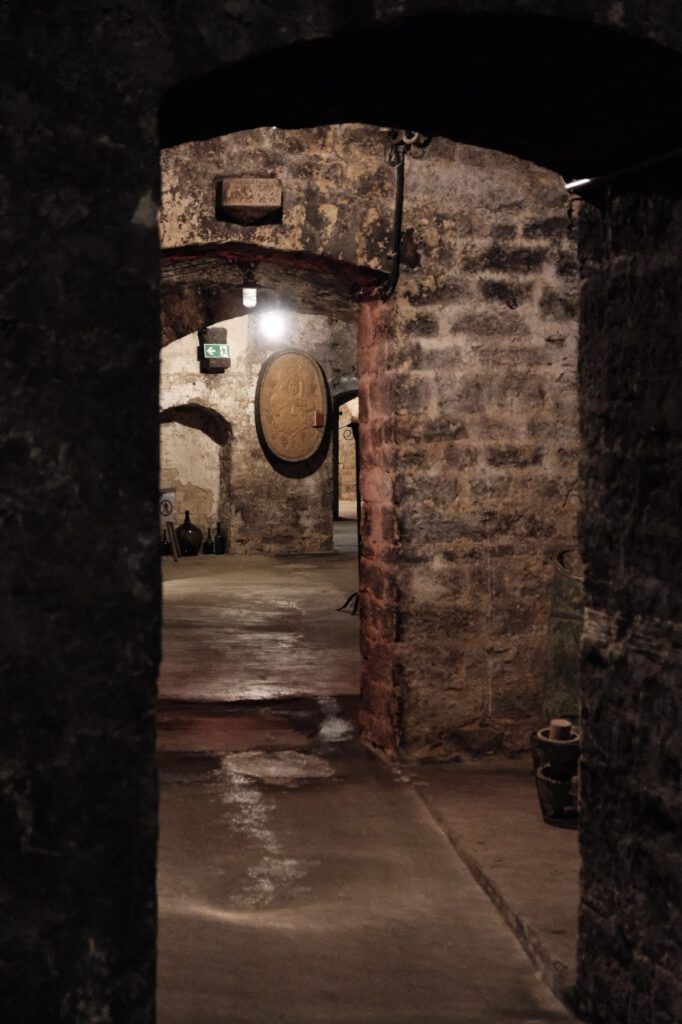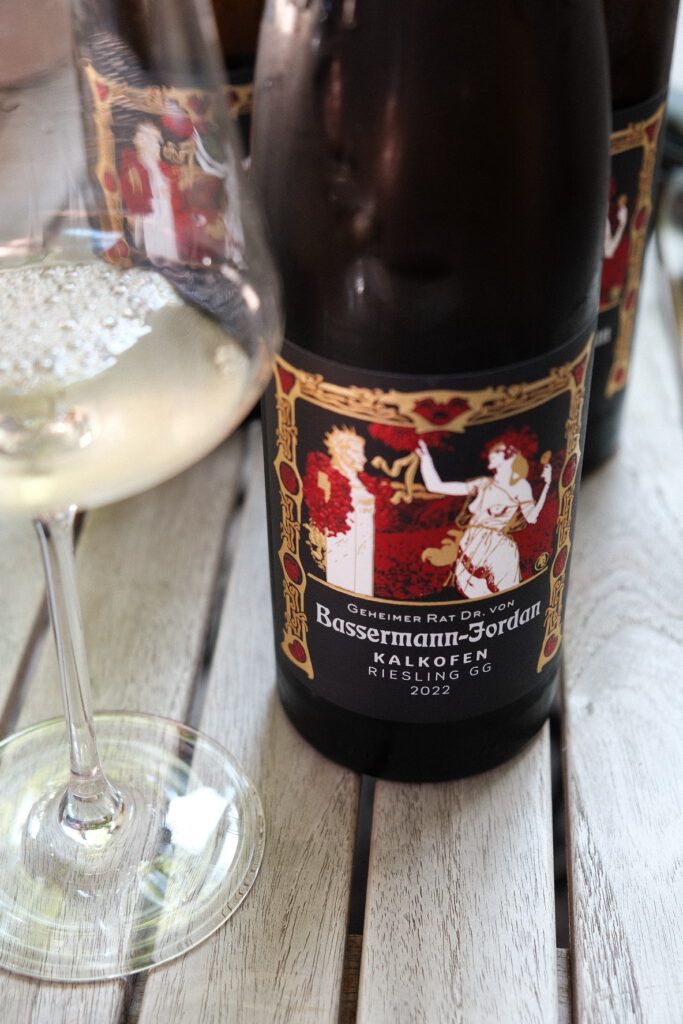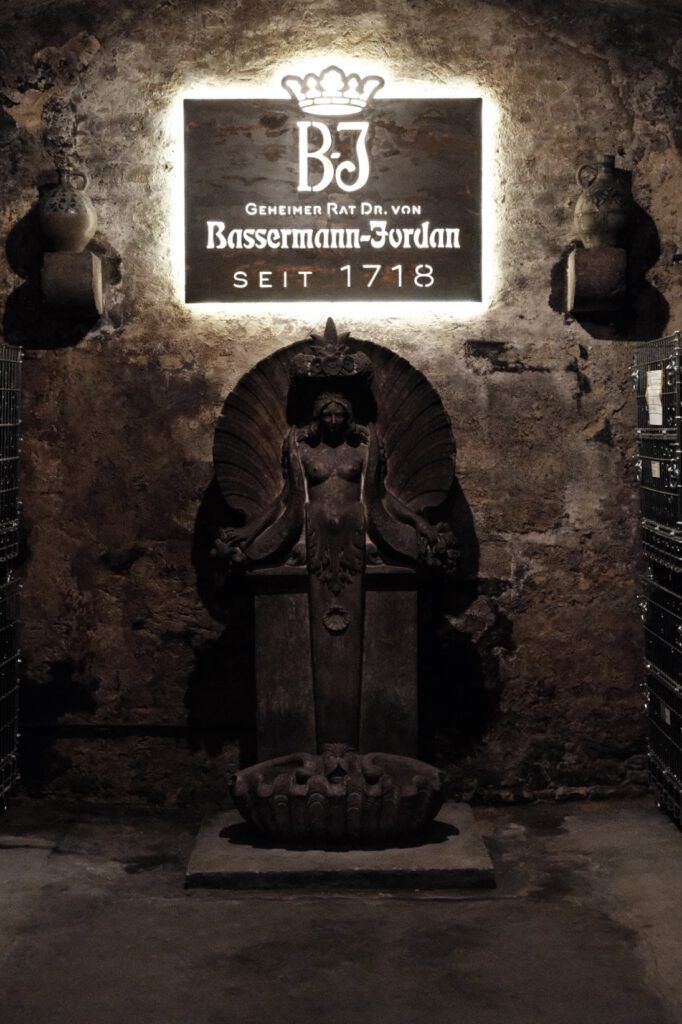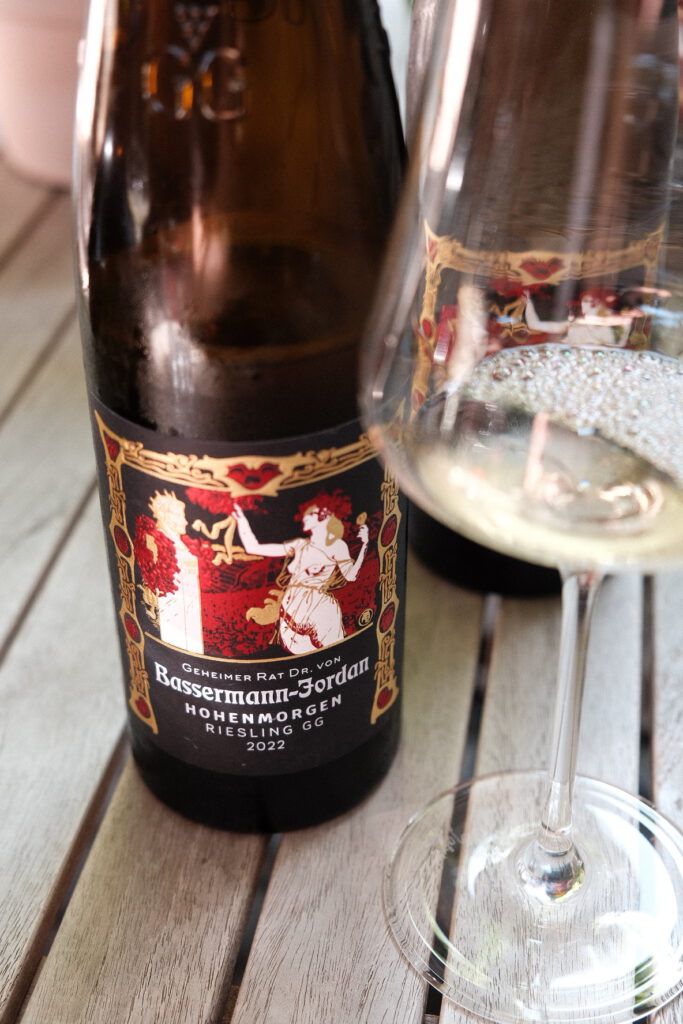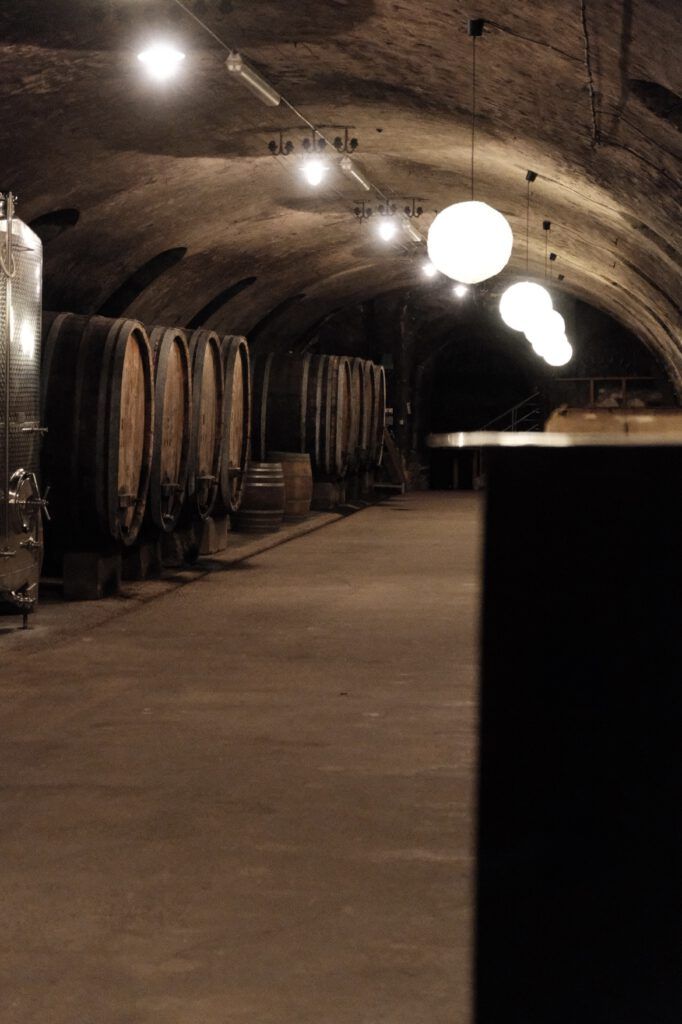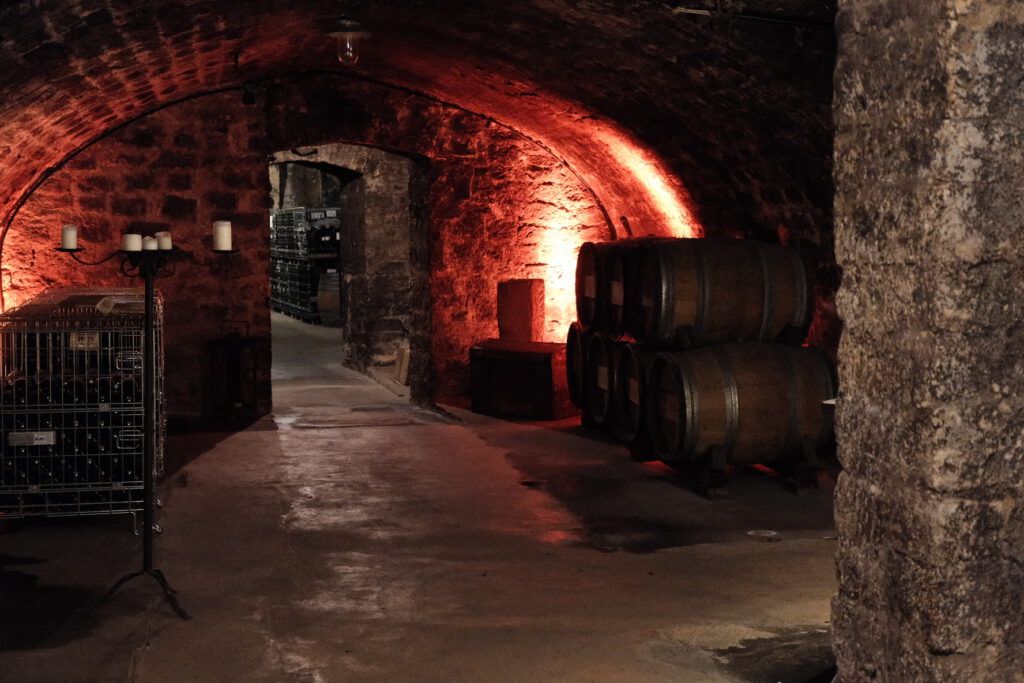World War II and the Post-War Era
World War II also left its mark. Wine production was severely affected, and many vineyards were damaged or neglected. After the war, like many others in the region, the winery had to be painstakingly rebuilt. Ludwig von Bassermann-Jordan, who took over the winery in 1959 from his father Friedrich, played a crucial role in this rebuilding phase. He focused on quality and tradition while advancing the modernization of the operation.
The Ludwig von Bassermann-Jordan Era: 1959-1995
Ludwig von Bassermann-Jordan led the winery into a new era. He was not only a talented winemaker but also an active member of numerous viticultural associations. He skillfully combined traditional wine production with modern techniques, further enhancing wine quality. His deep understanding of the region, soils, and climate, coupled with his ability to merge tradition and innovation, was instrumental in the post-war economic success.
Under his leadership, new grape varieties were introduced, and cellar technology was modernized. Ludwig also played a key role in expanding wine exports, increasing Bassermann-Jordan’s international reputation. Wines from this period are still highly esteemed today, reflecting his passion and dedication to winemaking.
Transition Period: Margit von Bassermann-Jordan and the Sale
From 1995 to 2002, Margit von Bassermann-Jordan managed the winery following the death of her husband Ludwig. This period was characterized by continuity and an effort to maintain the high-quality standards that defined the winery. However, the challenges of globalization and the rapidly changing wine industry required new approaches.
In 2002, due to a lack of succession, the family sold the winery to Neustadt advertising entrepreneur Achim Niederberger. This marked a new chapter in the winery’s history. Niederberger invested heavily in modernization while preserving the house’s traditional values. Under his leadership, the winery experienced a renaissance and regained its former successes.
